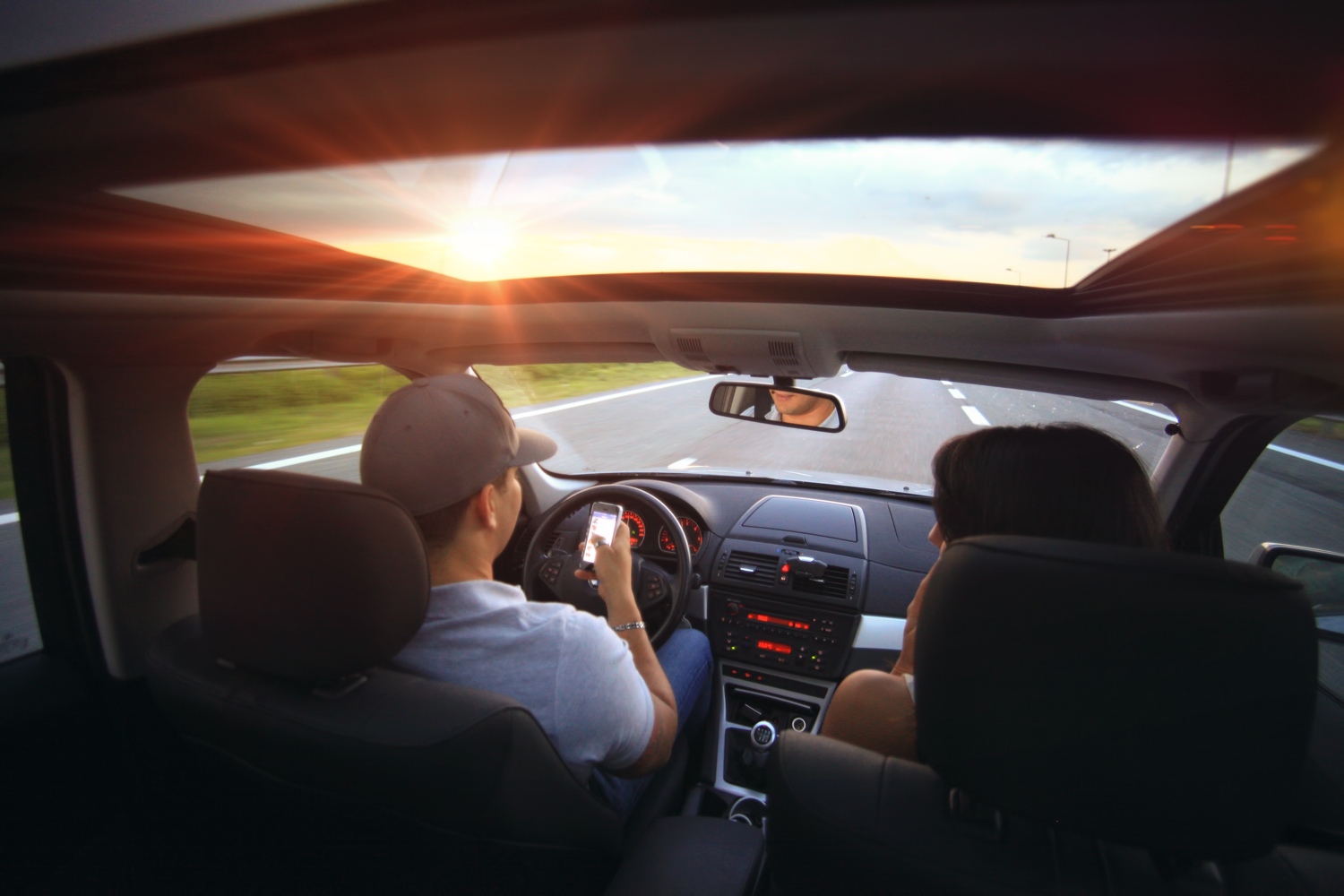
In 2011, Silicon Valley luminary Marc Andreesen famously wrote that “software is eating the world,” a sentiment one would have been hard-pressed to argue against even six years ago. We may say “cloud computing” instead of simply “software” these days, but there is no denying the effects of technological transformation, as once-strong brick and mortar mainstays like Blockbuster, Borders, and the neighborhood record store have fallen like so many bowling pins to the onslaught of digital bulwarks Amazon, Netflix, Apple et al.
It has taken a bit longer for the winds of disruption to blow through the automotive industry, in part due to the complexity of the manufacturing process and the long consumer replacement cycle. But as the newest Nobel laureate told us many years ago, you don’t need a weatherman to know which way the wind blows, and the “cloud” has undeniably come to the car, in more ways than one. All major automakers are investing heavily in cloud-driven technology, from OTA updates to mobility services and ADAS and autonomous driving, and consumers are responding with enthusiasm. It is no exaggeration to say that the automotive industry is transitioning from hardware to software-centric, and that transformation is being driven by three main trends—ubiquitous connectivity, cloud-driven content, and “mobility first”.
Ubiquitous Connectivity
Cars have been connected to mobile networks since the 1970s, but the advent of advanced standards like 4G combined with the execution of visionary companies like Tesla are finally showing the world what a connected car can really do. It is difficult to understate the significance of connectivity in the long-term. When cars can be updated as seamlessly and quickly as mobile phones, the entire automotive manufacturing paradigm is turned on its head. The “car” itself simply becomes a high-performance hardware platform, one that is only as valuable as the software it supports. In fact, the phone can serve as a key hub in the connected car, enabling consumers to extend the personalization and convenience of their digital life directly to their automobile without relying on expensive built-in hardware.
Cloud Driven Content
To a very large extent, we now live our lives in the cloud. Memories, entertainment, finances, work…it all adds up to define an individual’s digital identity, and that identity is fluid, dynamic and accessible virtually anywhere. Including the car. Thanks to Android Auto, Apple CarPlay, Smart Device Link (SDL) and other services, cloud-driven content is now part of the everyday automotive experience, enabling a level of personalization and convenience previously unachievable.
There are still personalization challenges left to solve, of course, the biggest of which is interoperability between different services and apps. If a consumer is using Alexa in the home, for example, and then navigating with Waze while relying on Siri as a virtual assistant, no information can be shared from one service to the other. To create a truly seamless personalized experience in the car, automakers will need a solution that bridges this divide, enabling interoperability among what are often competing products. BMW has already started down this path with their A2A solution, and we’ll surely see more efforts like this in the future.
Mobility First
The concept of “mobility first” simply refers to services that are designed primarily for mobile devices and the experiences enabled by those services. Much has been said about the “gig economy” inspired by Uber, GruhHub, Lyft and other services, which is a direct result of a mobility first approach. Millennials in particular have embraced mobility, and that change is likely to have a significant impact on the industry. Research indicates that millennials are buying and owning fewer cars and are more comfortable relying on mobility services accessed from their smartphones or other devices.
Automakers are responding to these trends in multiple ways, including acquiring mobility companies (Ford) and building their own in-house solutions (GM and BMW). Either way, it is clear that no automaker can afford to ignore the mobility trend, and it is increasingly likely that cars will become, at least in part, shared resources that are utilized by different people at different times. This makes personalization even more important, as each new passenger or driver will want to connect with the car through their mobile device to customize things like HVAC settings, music choices, navigation options, etc.
Technological disruption can be scary, especially to an industry that is deeply established and sometimes resistant to change. In this case, though, the positives clearly outweigh the negatives, and by acting quickly to capitalize on the amazing new experiences that the connected car offers, automakers have a chance to grow and evolve by leaps and bounds. The future is coming, one way or the other, so we may as well hop on board and enjoy the ride.


